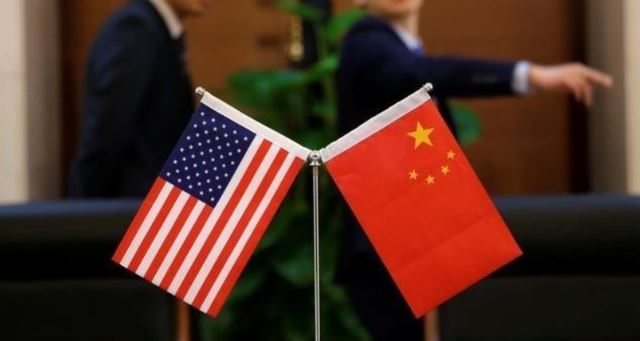Iron ore futures slid on start of the week, continuing the correction phrase seen last week on bearish market sentiments and rising US-China tension.
The most-traded iron ore for September delivery on China’s Dalian Commodity Exchange dropped by 1.99% or RMB 16.50 day-on-day to RMB 814.50 per tonne on Monday.
Following the drop, the steel rebar contract on the Shanghai Futures Exchange also dipped by 1.22% or RMB 46 to RMB 3,723 per tonne.
Sliding high grade ore price from rising stockpiles
According to trade sources, there was around 1 million mt of Carajas fines across Chinese ports, which will limit the upside of the prices for high grade ores.
Despite the expected lower prices for Carajas fines, some mills are not ready to switch to high grade ores as they still prefer high grade concentrates and low-grade fines mix for cost efficiency.
In the meantime, the trade participants were concerned about the escalating US-China tension, which resulted lower iron ore futures despite decent demand for medium grade fines at the seaborne market.
Australian government forecasts lower iron ore prices for year-end
Iron ore price is expected to drop to an average of $55 per tonne FOB by the Q4, according to the Australian treasury.
The latest price forecast was nearly halved of the current iron ore prices assessed at the range of $100-$110 per tonne, while the price of metallurgical coal is forecast to fall to $110 per tonne.
According to the Australian treasury, these price predictions were based on more global uncertainty in supply-demand outlook toward the year-end.
So far, the treasury’s price forecasts were more bearish as compared to the price prediction of Australia’s Office of Chief Economist, where iron ore spot price is expected to average at $79.50 per tonne in 2020, while the metallurgical spot prices were forecasted at $126 per tonne.
